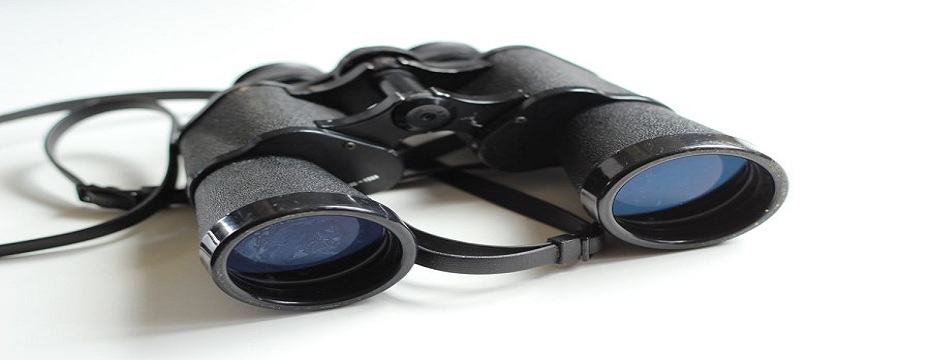Do you think it’s easy to promote your business using Facebook ads? In this article, we’ll walk you through the current Facebook ad text limit and how to create high-performing ads that resonate with your target audience.
What Is the Facebook Ad Text Limit?
Previously, Facebook had a strict 20% text rule — ad images couldn’t contain more than 20% text. However, this often led to confusion and caused many ads to be rejected, resulting in wasted time and money for businesses.
To address this, Facebook dropped the hard 20% rule and moved to a text density classification system. Ads are now categorized based on how much text they contain: OK, Low, Medium, or High. Ads with too much text may not be shown at all or will have reduced reach and engagement.
So while you’re no longer bound by a strict percentage, too much text still negatively affects your ad performance.
How to Write Successful Facebook Ads
Now that you’re familiar with the Facebook ad text limit, let’s focus on how to write effective ads. But first, here are some ways to fine-tune your targeting:
- Location
- Gender
- Interests
- Connections
- Behaviors
5 Strategies for Writing the Best Facebook Ads
1. Identify and Speak to Your Target Audience
Instead of writing like you’re addressing a large crowd, tailor your message as if you’re speaking to one individual. Think about their pain points, needs, and desires. Personalization is key to grabbing attention and increasing conversions.
2. Create Ads for Specific Groups
Once you understand the ad text limit, take it further by offering a positive user experience. For example, if you sell clothing for both men and women, create separate ad sets for each. Men are more likely to engage with ads designed specifically for them, and the same goes for women.
3. Keep Ads Short, Clear, and Value-Driven
Just because you’re paying for ad space doesn’t mean you should cram in every detail. Instead, focus on key benefits and maintain clarity. Less is more. Ask yourself:
- How does your product solve a problem?
- What benefits will users gain?
Highlight this information concisely to avoid falling into the “high text” category.
4. Stick to One Clear Call-to-Action (CTA)
Each ad should have one specific objective. Whether you’re looking to drive sales, build brand awareness, or generate leads, always include a clear CTA like “Shop Now,” “Learn More,” or “Claim Your Offer.” Messages such as “Save 30% today” create urgency and guide users toward a decision.
5. Use Simple Language
Don’t try to be overly clever or poetic. Facebook ad space is limited, so use words that are easy to understand — even for a third grader. Your audience should instantly know:
- What you offer
- What value it brings
- What action to take next
After uploading your ad, use Facebook’s Text Overlay Tool to analyze its text density rating. Aim for Low or OK for the best results.
What Happens If Your Image Has Too Much Text?
Put simply, if your image contains excessive text, Facebook may reduce its reach or reject it entirely. It clutters the visual and distracts from your core message — weakening the user experience.
How Much Text Should You Use in Ad Images?
Facebook prefers images with little or no text. Their data suggests that less text delivers a better user experience and stronger performance.
How to Reduce Text in Your Ads
Focus your message within the designated text fields (headline, primary text, description) rather than placing words inside the image itself. Also:
- Use smaller font sizes
- Limit word count
- Keep messaging specific
After editing, revisit the Text Overlay Tool to confirm that your image meets Facebook’s ad quality standards.
Final Thoughts
Remember to use positive, benefit-driven language in your ads. Understand your audience’s needs and highlight how your products or services meet those needs. Focus on delivering high-quality offerings and a seamless user experience.
Facebook ads remain a powerful part of your overall marketing strategy. Test them regularly, optimize based on performance, and always aim to stay within the latest ad text guidelines.
Don’t view the Facebook ad text limit as a restriction — see it as a tool to help your ads perform better and connect more meaningfully with your audience.





